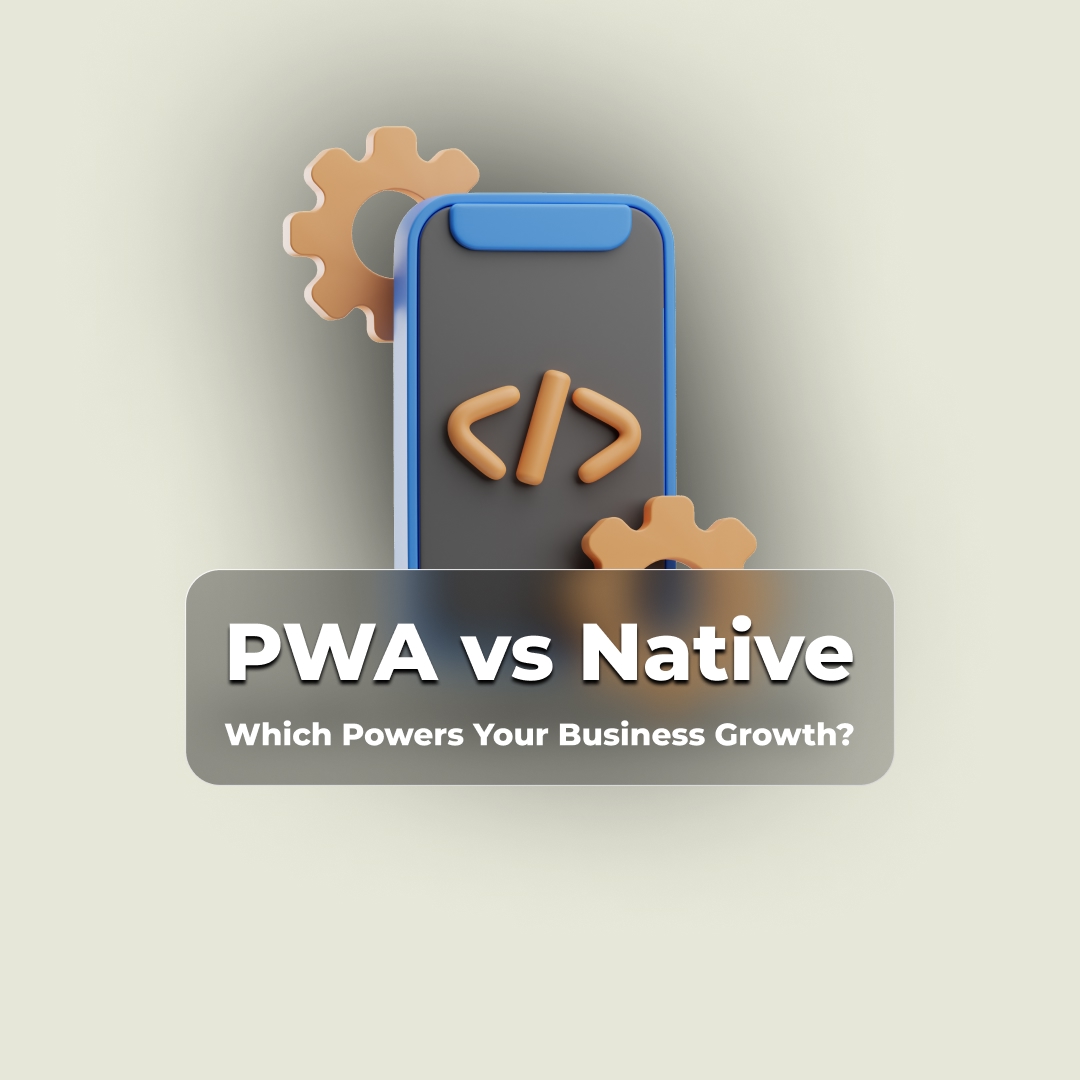PWA vs Native: Which Supercharges Your Business Success?
In today’s highly competitive digital world, choosing between a Progressive Web App (PWA) and a native app is a vital step in your mobile app development strategy. Businesses are increasingly aware of how crucial this decision is to mobile app ROI, scalability, and long-term success. Understanding the PWA vs native apps comparison can help businesses pick the most efficient, cost-effective solution. Whether you’re building a PWA for business or considering a native app advantage, aligning your choice with your growth goals is essential. As mobile use continues to surge, crafting the right mobile app development decision has never been more important for innovation and profitability.
Understanding the Progressive Web App (PWA) Benefits
Progressive Web Apps (PWAs) are fast becoming a popular alternative for businesses aiming to maximize their digital presence. One of the main benefits of Progressive Web Apps is how seamlessly they blend the best features of websites and mobile applications. PWAs load quickly, work offline, and are easy to update without waiting for app store approvals. They are also more cost-effective to develop and maintain compared to native apps.
In addition, PWAs excel in Progressive Web App performance, ensuring users experience minimal loading times and smooth navigation, even under poor network conditions. For companies focused on mobile app ROI and reduced development costs, building a strong PWA business case is not just logical—it’s strategic. PWAs provide businesses the agility to react swiftly to market demands without compromising user experience, making them an attractive option for startups and established enterprises alike.

The Strength of Native App Advantages
While PWAs offer flexibility, native app advantages continue to dominate specific industries where performance and complex functionality are critical. Native apps are specifically developed for platforms like iOS or Android using platform-specific languages, allowing them to tap into the full range of device capabilities. This deep integration often results in better security, faster execution, and a richer user experience.
When analyzing native vs web app development, it’s important to recognize that native applications often perform better when it comes to resource-heavy tasks such as gaming, video editing, or complex financial transactions. For businesses requiring intensive hardware access like camera control, Bluetooth operations, or augmented reality, native apps remain the superior choice. However, they require more investment upfront, as separate versions must be created and maintained for each operating system. Nonetheless, their superior performance and enhanced brand loyalty can deliver exceptional long-term mobile app ROI.
PWA vs Native: Choosing the Right Mobile App Development Strategy
Developing a robust mobile app development strategy starts with clearly defining your business goals, target audience, and technical requirements. For companies looking for rapid deployment, lower budgets, and a broad reach across platforms, a PWA for business might be the best solution. They allow for easier updates, broader accessibility, and lower customer acquisition costs.
On the other hand, if you’re building an app where speed, responsiveness, and advanced features are non-negotiable, a native app might yield better results. The mobile app development decision often comes down to balancing cost, timeline, and functionality. Smart businesses assess their customer behaviors, projected mobile app ROI, and future scalability needs before choosing their path. Whether opting for Progressive Web App benefits or native app advantages, the focus should remain on creating seamless, enjoyable experiences for users while maximizing business outcomes.
Moreover, as financial pressure increases, companies need to craft their app development journey with future-proof technology in mind. Investing wisely by understanding the true potential of both PWAs and native apps ensures that companies can continue to grow and adapt to ever-changing market trends.

